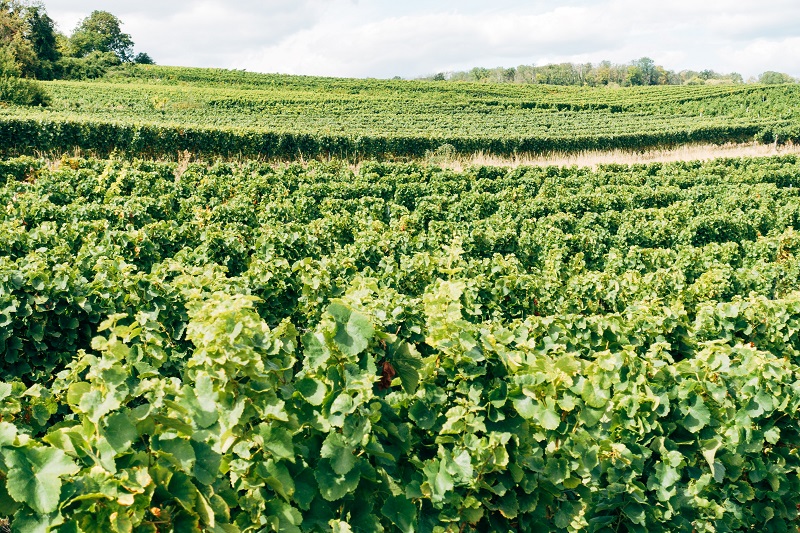NASA Helps Researchers Get to the Top of Grapevine Leafroll Virus
Using an instrument developed at NASA’s Jet Propulsion Laboratory (JPL) in Southern California, researchers with the lab and Cornell University accurately spotted from an airborne research plane the signs of grapevine leafroll-associated virus complex 3 (GLRaV-3).
NASA’s Airborne Visible/InfraRed Imaging Spectrometer observed roughly 11,000 acres of ‘Cabernet Sauvignon’ vineyards in Lodi, CA. The instrument’s optical sensor, which records the interaction of sunlight with chemical bonds, has been used to measure and monitor hazards, including wildfires, oil spills, greenhouse gases, and air pollution associated with volcanic eruptions.
In this case, the remote sensing technique was able to differentiate non-infected and infected grape vines before and after they would become symptomatic. Their top model achieved 87% accuracy.
The researchers say their case study shows how emerging capabilities in air and space can support ground-based pathogen surveillance efforts. These capabilities include forthcoming missions such as NASA’s Surface Biology and Geology (SBG) — part of the fleet of missions that will compose the agency’s Earth System Observatory. They say SBG will provide data that could be used in combination with machine learning for agricultural decision-making at the global scale.
“I think these are exciting times for remote sensing and plant disease detection,” says Fernando Romero Galvan, a doctoral candidate at Cornell and lead study author. “Scalable solutions can help growers make data-driven, sustainable crop management decisions.”
“What we did with this study targets one area of California for one disease (grapevine leafroll),” says co-author Ryan Pavlick, a Research Technologist at JPL. “The ultimate vision that we have is being able to do this across the planet for many crop diseases and for growers all over the world.”









